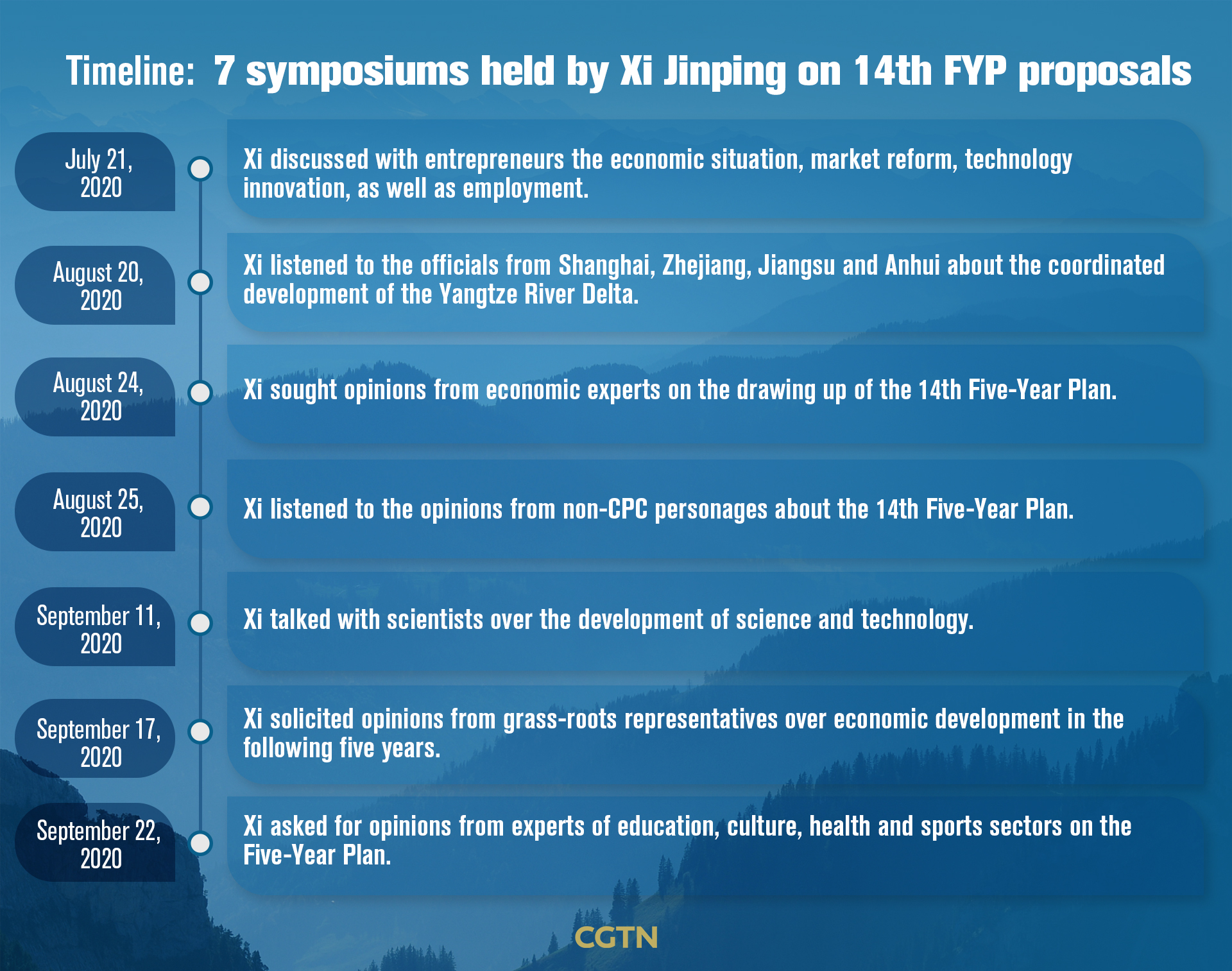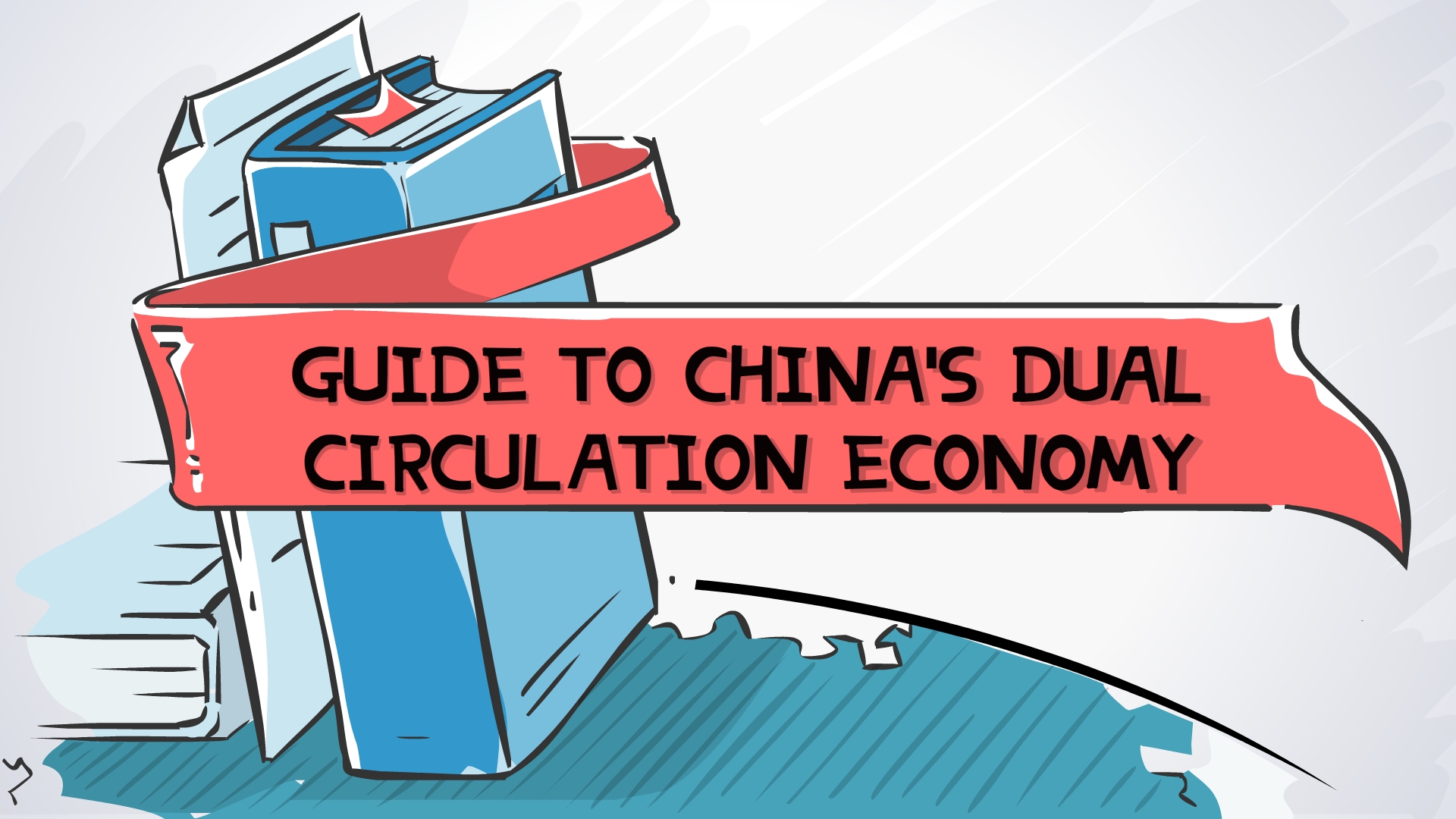Over 5,000 deputies of the National People's Congress (NPC) and members of the Chinese People's Political Consultative Conference (CPPCC) are expected to converge in Beijing in the following days for China's annual biggest event on the political calendar.
The annual gathering of NPC deputies and CPPCC members is known as the "Two Sessions" in China. It is a window for the public to get to know the priorities and plans of the central government for the coming year.
This year's gathering is particularly important because it represents the start of the next five-year economic plan and falls in the centenary year of the Communist Party of China (CPC).
At the meetings, representatives will discuss issues ranging from economy, education and health to religion and foreign affairs.
One of the most important topics that will be discussed at the meetings is the 14th Five-Year Plan (2021-2025) for Economic and Social Development and targets for 2035.
Once its final version is passed by the NPC, it will officially become the guideline for the country's socioeconomic development in the following five years.

In October last year, the 14th Five-Year Plan was adopted at the fifth plenary session of the 19th CPC Central Committee. The plan illustrated a greener, more innovative economy that is less dependent on the wider world.
The plan's focus is what Chinese President Xi Jinping has termed the "dual circulation economy." The strategy signals that China intends to reduce the role of international trade in its economy while boosting the domestic consumer demand.
Xi said the plan was made "as a result of changes in the global political and economic climate."
Impacted by the COVID-19 pandemic, the economic outlook outside China is not optimistic and the downward spiral in China-U.S. relations during former U.S. President Donald Trump's administration has also pushed China to think more from a long-term perspective as the U.S. has been contemplating decoupling and seems bent on crippling China's economic and technological development.
"The pattern is by no means closed domestic circulation but open 'dual circulation' with the domestic market as the mainstay while the domestic and international markets complement each other," Xi explained at the fifth plenary session of the 19th CPC Central Committee.
03:35

Moreover, the five-year plan has a specific chapter on technology that calls for upholding the central role of innovation in the country's modernization drive and stresses self-reliance in science and technology for national development.
Technology is one of the most contentious areas in China's relationship with the U.S. Becoming technologically self-sufficient implies that China will have to innovate to stimulate development and reduce tech imports from developed countries, especially the U.S.
Under the strategy, the world will see China improve its innovative capabilities via industrial upgrade and modernization of industry value chain, while focus is placed on leading sectors such as artificial intelligence, quantum information, integrated circuits, health, neuroscience, genetics, cloud technology and deep earth and deep sea exploration.
Read more: China unveils blueprint to become global leader in innovation

A 5G-based remote-control robot on display during the 2019 World Artificial Intelligence Conference in Shanghai, China, August 29, 2019. /Xinhua
A 5G-based remote-control robot on display during the 2019 World Artificial Intelligence Conference in Shanghai, China, August 29, 2019. /Xinhua
The five-year plan also highlights that China will continue to introduce a series of measures to facilitate the overall green transformation of socioeconomic development.
On September 22, in a message to the UN General Assembly, Xi announced that the country would strive to hit peak carbon emissions at around 2030 and achieve carbon neutrality by 2060.
To see through the mission, the plan urges efforts to develop green and environmental protection industries, upgrade current industrial, agricultural and service sectors, strengthen the recycling and utilization of renewable resources, accelerate the green upgrading of infrastructure, promote green technology and improve laws and regulations on environmental protection.
Experts say if the goals listed in the five-year plan are achieved as scheduled, China will not only become a desirable modern socialist country but will also serve as an example of an alternative system of governance to the whole world.

